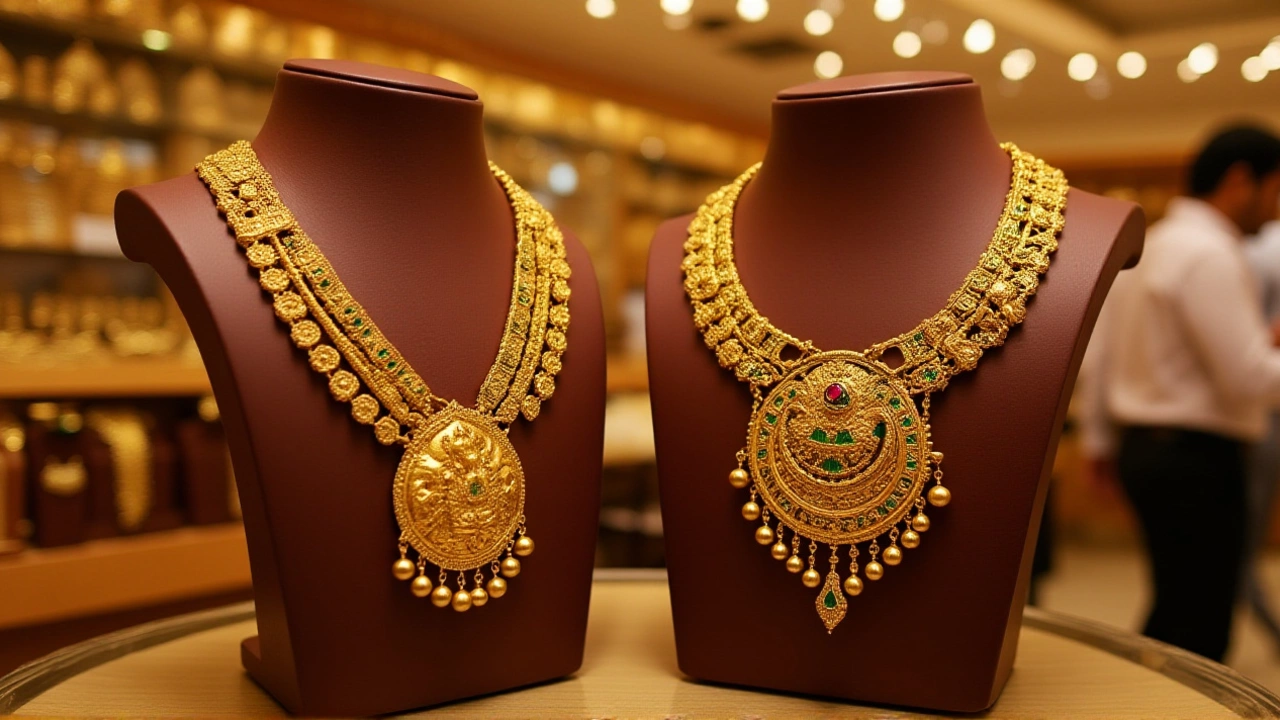India Bullion – A Practical Guide for Investors and Hedge Funds
When you hear India bullion, the market for physical gold and silver that trades within the country, you probably think of shiny coins or bars in a vault. In reality, bullion is a core piece of any serious investment strategy, especially for hedge funds looking to hedge currency risk or diversify portfolios. It’s also a cultural touchstone—gold weddings, festivals, and gifting keep demand steady even when markets wobble. Below we’ll break down what makes India bullion unique, the key players, and how you can use it to strengthen a fund or personal portfolio.
The most obvious component of India bullion is Gold, a dense, corrosion‑resistant metal that holds value across centuries. Its price moves with global cues, the rupee‑dollar exchange, and domestic demand spikes during Diwali or wedding seasons. Next to gold comes Silver, a cheaper precious metal that offers both industrial applications and a hedge against inflation. Together they form the backbone of India’s commodity market, and they each support different risk‑return profiles for investors.
Why Hedge Funds Pay Attention to India Bullion
Hedge funds treat bullion as a “safe haven” asset that can offset equity volatility. Commodity trading, the buying and selling of raw materials for profit gives fund managers a lever to exploit price differentials between domestic and international markets. For example, a fund might buy physical gold in India at a lower premium, store it in an accredited vault, and sell futures contracts abroad for a spread. This strategy hinges on rigorous storage, certification, and regulatory compliance—elements that turn bullion from a shiny souvenir into a disciplined financial instrument.
Another advantage is liquidity. While physical bars need a buyer, Exchange‑Traded Funds (ETFs) linked to Indian gold provide near‑instant market access. The Indian government’s recent push to digitalize gold holdings—through initiatives like the RBI’s gold-backed digital currency pilot—means investors can now claim ownership without moving a single gram. This development blurs the line between physical bullion and electronic assets, expanding the toolbox for fund managers.
Understanding pricing is essential. India bullion prices are quoted as “Theoretical Minimum Price” plus a dealer’s premium, which varies by city, purity (22‑carat vs. 24‑carat), and certification. The Reserve Bank of India publishes daily price guidance that serves as a benchmark for both retail buyers and institutional players. When a fund’s risk model flags a widening premium, it may trigger a purchase in anticipation of a market correction.
Regulation also plays a big role. The Securities and Exchange Board of India (SEBI) monitors bullion‑related derivatives, while the Ministry of Finance oversees import duties and export restrictions. Recent policy shifts—like cutting customs duty on gold imports to 5%—directly affect price trends and therefore fund positioning. Keeping an eye on these policy levers can turn a regulatory change into a profit opportunity.
For retail investors, the same principles apply, just on a smaller scale. Buying a 10‑gram gold coin from a reputable dealer or investing in a gold ETF both give exposure to price movements without the hassle of vault security. Silver, with its lower entry cost, lets new investors test the waters while still benefiting from the hedge properties of precious metals.
Finally, cultural factors cannot be ignored. In India, gold is more than an asset; it’s a status symbol and a generational store of wealth. This cultural demand creates a baseline price floor that can buffer against global shocks. Hedge funds that factor in seasonal buying patterns—like the surge before Akshaya Tritiya—can model cash‑flow projections more accurately.
In short, India bullion isn’t just about shiny metal; it’s a dynamic market where gold, silver, commodity trading, and regulatory nuances intersect. Whether you’re managing a multi‑billion‑dollar fund or just starting a personal investment plan, the bullion space offers tangible ways to diversify risk, capture spreads, and align with cultural demand cycles. Below you’ll find a curated set of articles that dive deeper into specific strategies, market updates, and practical how‑tos that will help you put these ideas into action.
Gold Prices Hit Record ₹1.35 Lakhs per 10g on Dhanteras 2025
India's gold prices surged to a record ₹1.34 Lakh per 10 g on Dhanteras 2025, driven by festive demand and central bank buying. Experts forecast further rise to ₹1.5 Lakh by early 2026.
